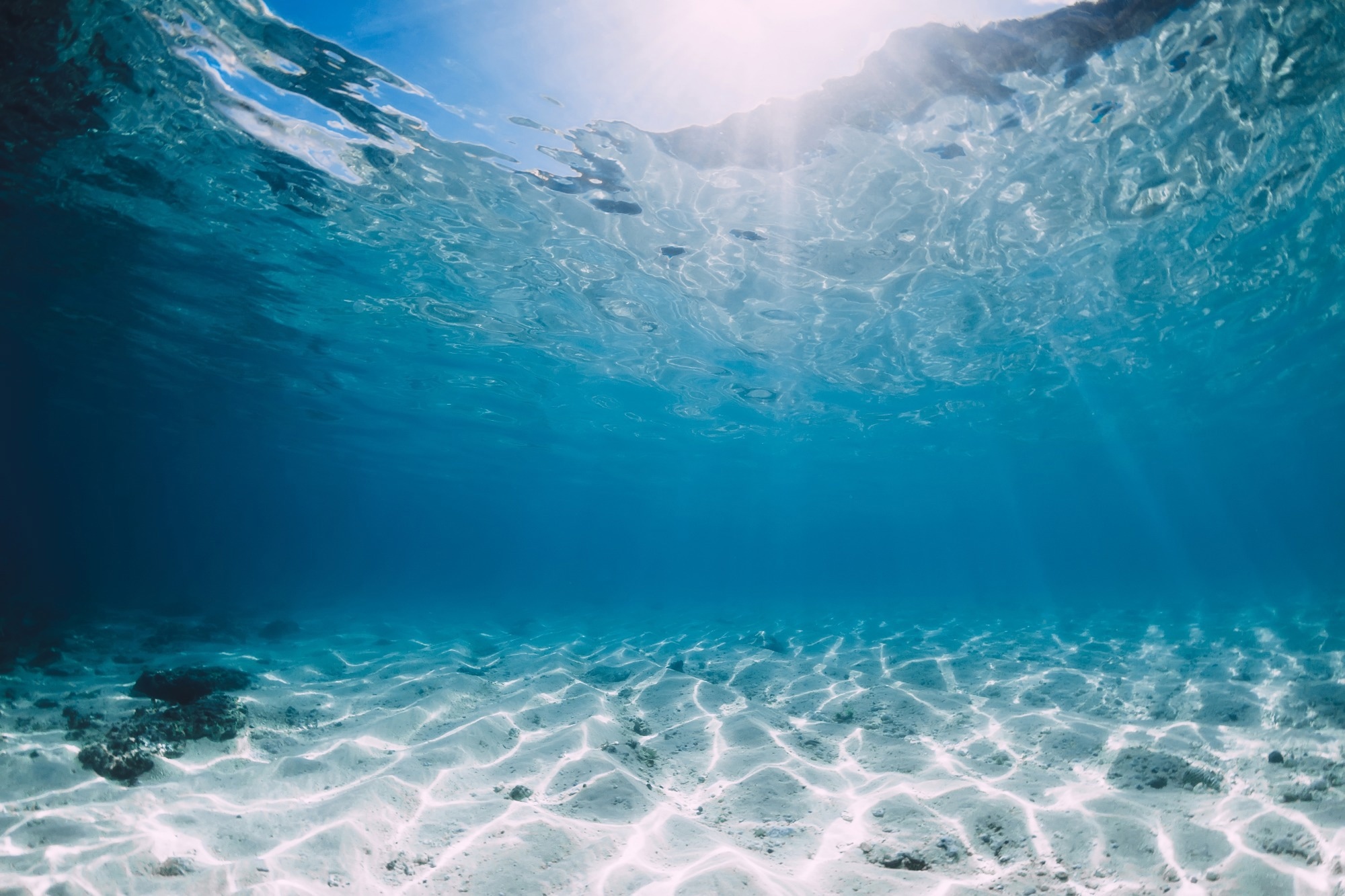Reviewed by Alex SmithFeb 9 2023
Geologists are fascinated by the sedimentary cycle, which is the process by which sand is created by mountain erosion and transported to the ocean. This cycle is essential to understanding how the world functions.

Image Credit: Wonderful Nature/Shutterstock.com
Additionally, it is vital for planning offshore operations like oil extraction, wind farms, and carbon sequestration, in addition to comprehending the world’s sand budget. Now, in a quest for clues regarding the effects of catastrophic climate events, scientists have taken a comprehensive look at the sedimentary cycle on ancient Earth during an extremely hot period.
Researchers found a “fingerprint” or evidence of a catastrophic climatic shift from around 50 million years ago by combining worldwide data on deep-sea sand deposits. The sediment that has collected near the top of the continental slope is assumed to be responsible for these deposits, which are proof of old swift submarine water currents.
This suggests that extreme weather events and exacerbated global climatic conditions contributing to increased erosion of landscapes could amplify delivery of sand into the deep ocean.
Zack Burton, PhD, Study Lead Author and Adjunct Lecturer, Stanford University
The findings were published on February 8th, 2023, in the journal Nature Scientific Reports.
High Seas
The research challenges a long-held notion that sea-level changes are the dominant influence on sand deposits in the deep sea. When the sea level is low, there is a better chance for sediment eroded off mountains to find its way to the deep sea.
As a result of coastal plains and submerged continental shelves, several scholars have hypothesized that high seas prohibit sand from being deposited into deep oceans.
Many researchers have theorized that high seas prevent sand from being deposited in deep seas because coastal plains and underwater continental shelves could prevent sand from reaching deep waters.
We suspected this was true, but we hadn’t realized the magnitude of examples that have been documented in the literature. There were many more of those deep-water deposits than we had realized.
Stephan Graham, Study Senior Author and Welton Joseph and Maud L’Anphere Crook Professor, Doerr School of Sustainability, Stanford University
In the study, the researchers provide a conceptual model that contends that, despite unusually high sea levels, factors like strong precipitation and integrated river drainages can nevertheless result in a lot of sand-rich deep-marine deposits.
Hothouse Planet
Before the abrupt mass extinction of 75% of the planet’s plant and animal life approximately 66 million years ago, Earth saw the highest sea levels during the early Eocene, with oceans over 200 feet above present levels, between 56 million and 48 million years ago. The Dakotas were home to alligators, and the Arctic had rainforests.
Current climate change is providing insight into the extreme climatic events that besieged the early Eocene, even if some of these scenarios seem unfathomable.
Graham added, “As the Earth gets hotter and hotter because CO2 increases the greenhouse effect and sea level rises even further, then we would expect the increasing intensity of storms, higher precipitation rates—based on climate modeling by other people—to have much more impact in terms of sediment getting to the deep sea.”
While that may not be relevant anytime soon, the power of turbidity currents should not be underestimated when it comes to future-proofing the next generations. The sediment-laden flows known as turbidity currents are like the devastating glowing avalanches that cascade down erupting volcanoes, Graham said.
Burton further added, “They are very powerful submarine flows of tremendous scale.”
The researchers anticipate that by providing a synthesis of turbidity deposits from such a significant period in Earth’s history, people will continue to speculate about the potential effects of warmer temperatures on the world’s sedimentary cycle.
Burton stated, “Other factors, like human interactions with sedimentary systems and the terrestrial world we all live in, are combining to influence movement of sediment. I think it is hard to consider from an everyday perspective, just because we don’t see these systems—they are part of the beautiful mystery of the deep ocean which we know so little about.”
Study co-authors from Stanford include Tim McHargue, Chris Kremer (now at Brown University), Jake Harrington, Jared Gooley (now at the US Geological Survey Alaska Science Center), and Chayawan Jaikla (now at Microsoft).
The Stanford Project on Deep-water Depositional Systems and Basin Processes and Subsurface Modeling programs provided funding for the study.
Journal Reference:
Burton, Z F. M., et al. (2023) Peak Cenozoic warmth enabled deep-sea sand deposition. Scientific Reports. doi:10.1038/s41598-022-27138-2.